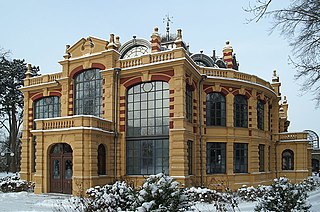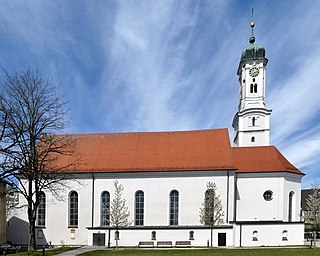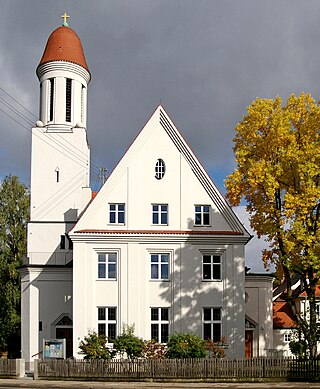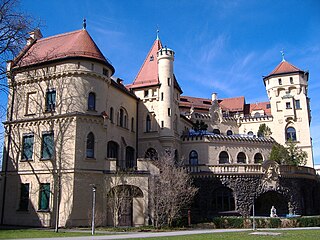Self-guided Sightseeing Tour #7 in Augsburg, Germany
Legend
Guided Free Walking Tours
Book free guided walking tours in Augsburg.
Guided Sightseeing Tours
Book guided sightseeing tours and activities in Augsburg.
Tour Facts
1.2 km
17 m
Experience Augsburg in Germany in a whole new way with our free self-guided sightseeing tour. This site not only offers you practical information and insider tips, but also a rich variety of activities and sights you shouldn't miss. Whether you love art and culture, want to explore historical sites or simply want to experience the vibrant atmosphere of a lively city - you'll find everything you need for your personal adventure here.
Activities in AugsburgIndividual Sights in AugsburgSight 1: St. Georg und Michael
St. Georg und Michael is a Roman Catholic parish church in the centre of the Augsburg district of Göggingen. The church is protected as an architectural monument and registered with the number D-7-61-000-555. Neighboring is the Protestant Trinity Church.
Sight 2: Heimatmuseum Stadt- und Landkreis Neudek im Erzgebirge
The Museum of Local History for the City and District of Neudek in Augsburg deals with the traditions and history of the Germans who were expelled from what is now the Czech town of Nejdek after the Second World War.
Sight 3: Kurhaus Göggingen

The Kurhaustheater Göggingen, popularly known as the Kurhaus, was designed by the architect Jean Keller on behalf of Hofrat Friedrich Hessing and built in Augsburg-Göggingen between 1885 and 1886. It is the only surviving multifunctional theatre in glass and cast iron construction from the Wilhelminian period.
Sight 4: Dreifaltigkeitskirche
The Holy Trinity Church is a Protestant church in Göggingen, a district in southern Augsburg.
Sight 5: Hessingburg
The Hessingburg is a three-storey, castle-like building within the extensive grounds of the Hessing Clinic in Augsburg-Göggingen.
Share
How likely are you to recommend us?
Disclaimer Please be aware of your surroundings and do not enter private property. We are not liable for any damages that occur during the tours.
GPX-Download For navigation apps and GPS devices you can download the tour as a GPX file.


